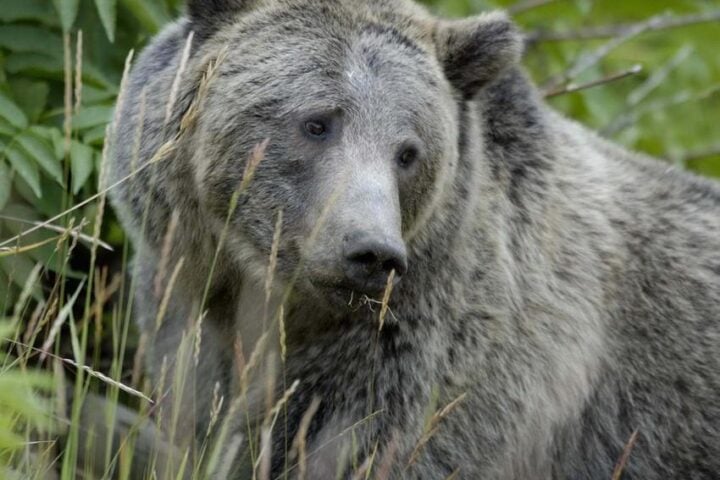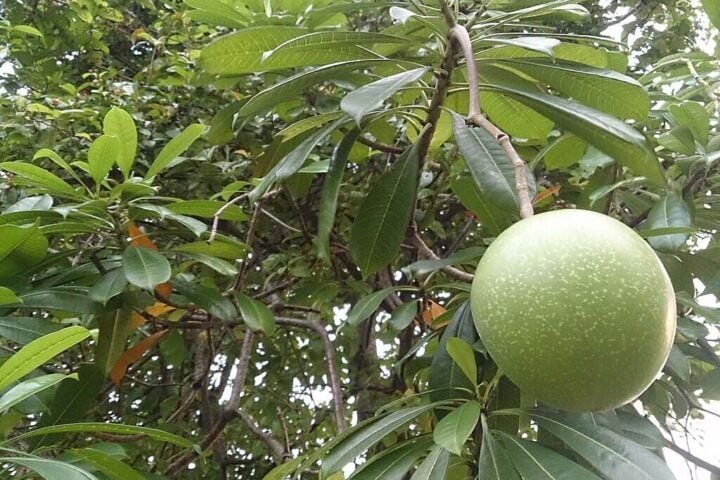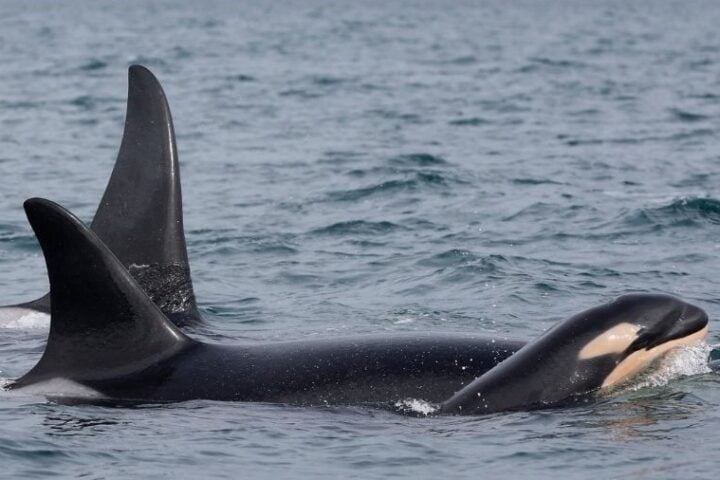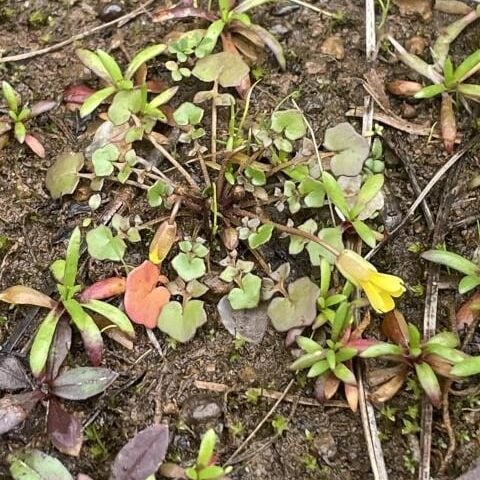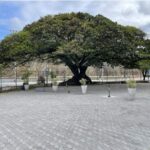A 40-foot Sitka spruce known as the Tree of Life at Olympic National Park has dropped five feet lower this winter. Storm damage has left this remarkable tree hanging over an eroding cliff at Kalaloch Beach.
Recent erosion affects the tree from two sides. Ocean waves pound it from the front while creek water erodes its base from behind. This combination has widened the cave beneath the tree’s root system.
The tree’s troubles began in the 1960s. Park officials built a culvert to bring water to a nearby campground. This seemingly helpful project backfired. The culvert channeled water toward the tree’s base, speeding up erosion. Later attempts to stabilize the beach cliffs made things worse.
“It’s definitely been getting a lot more popular,” says local photographer Mathew Nichols, who documents the tree’s changes. “I’ve seen it go viral a couple times.” Nichols visits every two weeks, capturing the tree’s slow decline.
Similar Posts
Natural events have provided temporary help. Tides have washed logs into the cave, which now support the tree’s base. But Janet Cole, Olympic National Park’s Lead Botanist, confirms they won’t add artificial supports: “We’ll let what passes for nature take its course.”
The tree’s story reflects changes in Olympic National Park. Ocean tides encroach higher on beaches. Glaciers recede in the park. The park’s landscape transforms as climate patterns shift.
Visitors can still see this natural wonder near Kalaloch campground off US 101. But its future remains uncertain as coastal erosion continues.
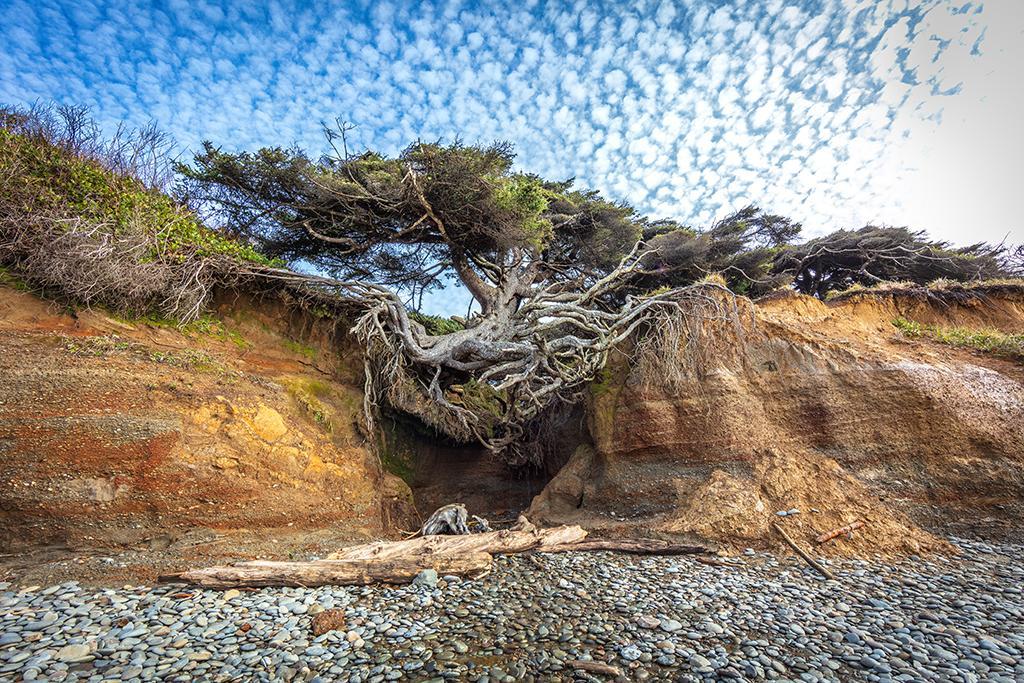

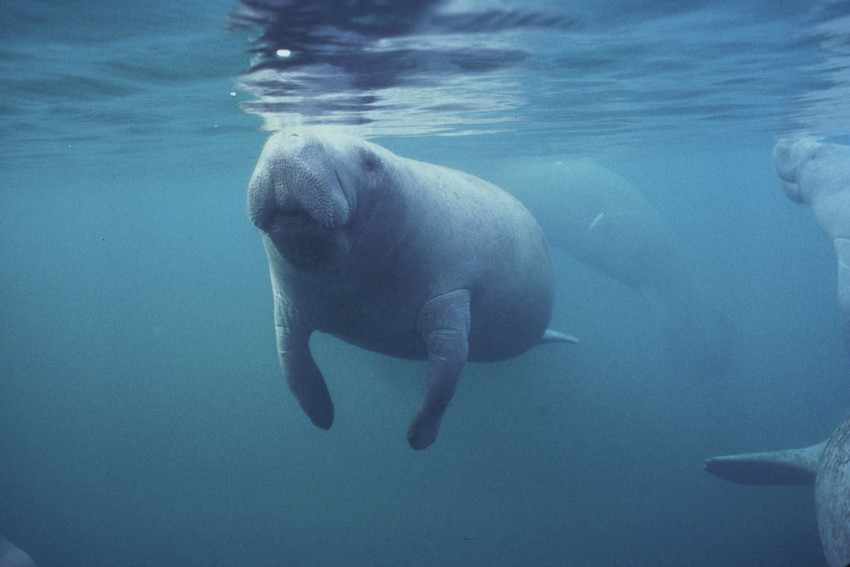
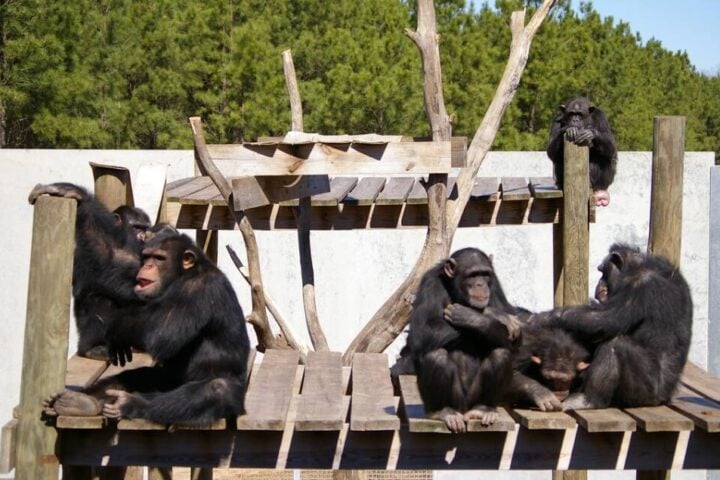
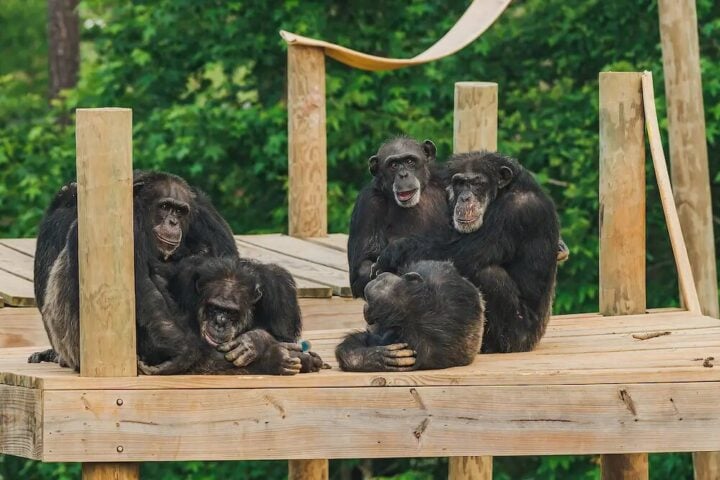

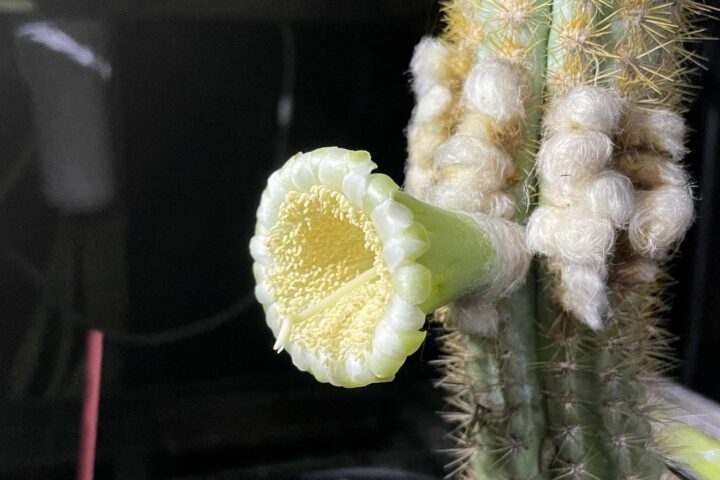
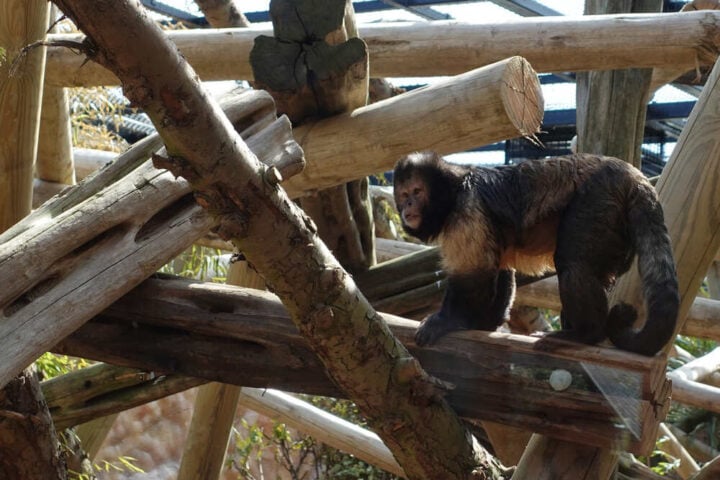

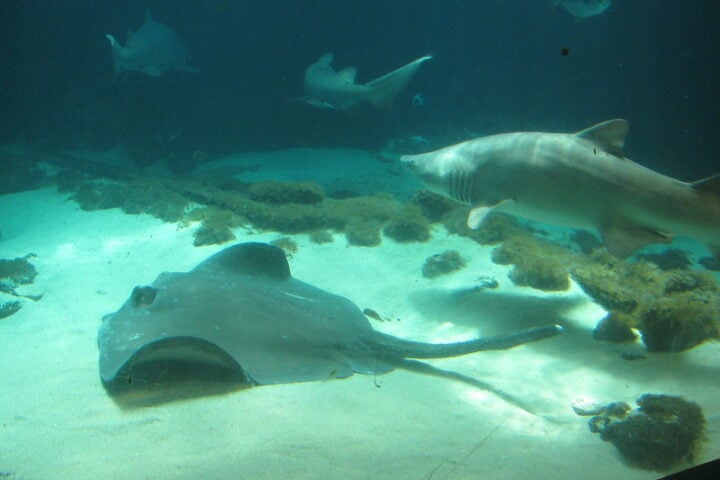
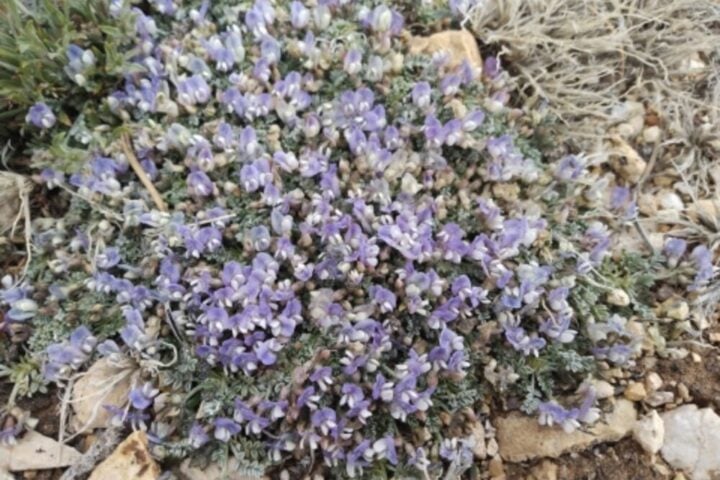
![Representative Image: European Starling [49/366]. Photo Source: Tim Sackton (CC BY-SA 2.0)](https://www.karmactive.com/wp-content/uploads/2025/04/Starlings-Drop-82-in-UK-Gardens-as-Birdwatch-2025-Reveals-Record-Low-Count-Since-1979-720x480.jpg)
